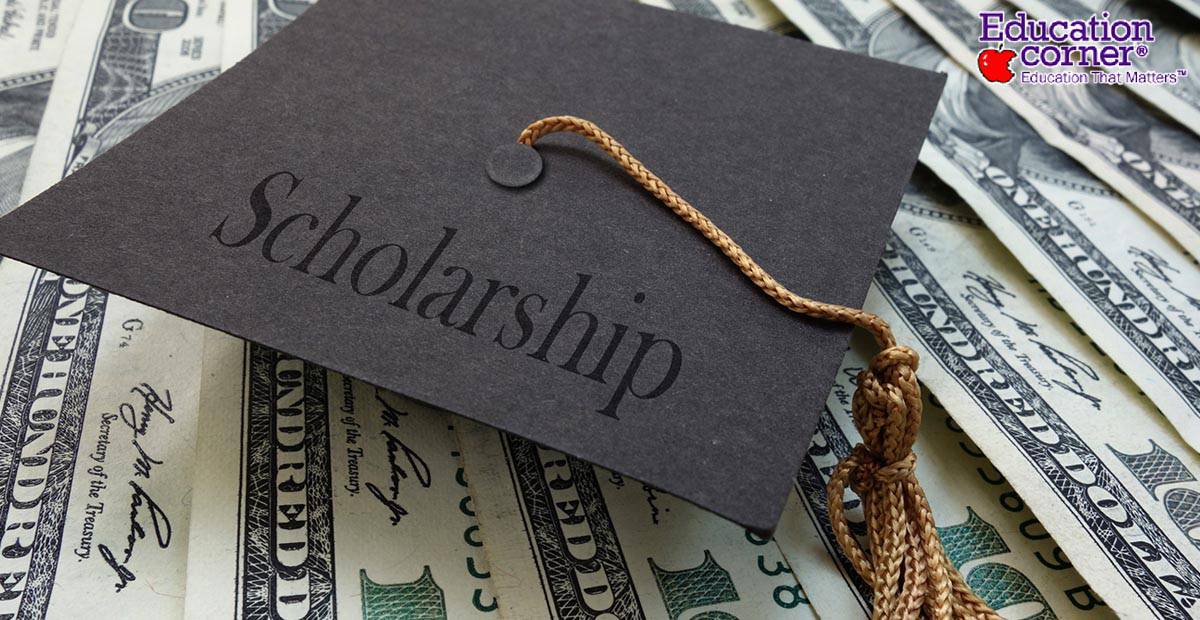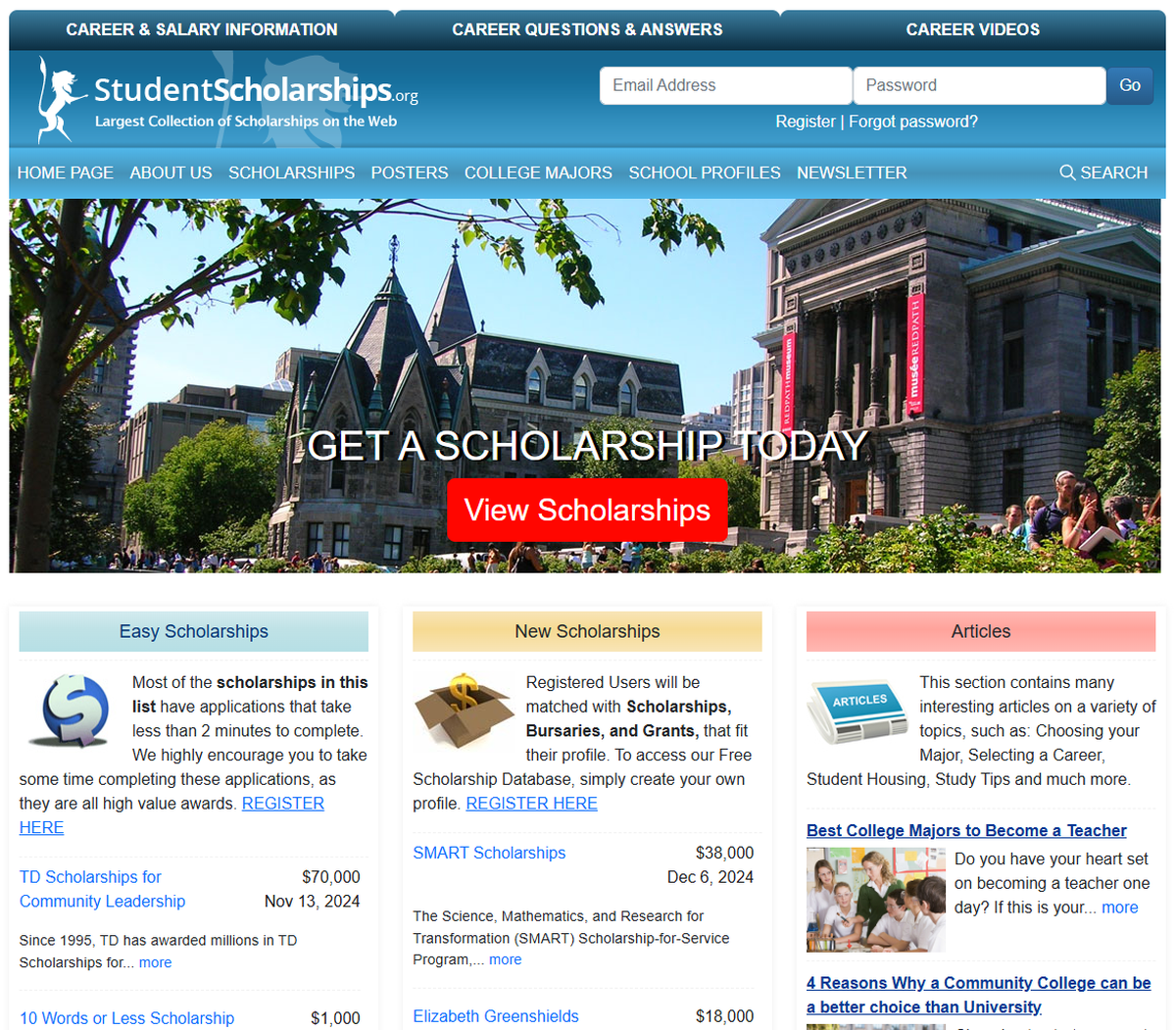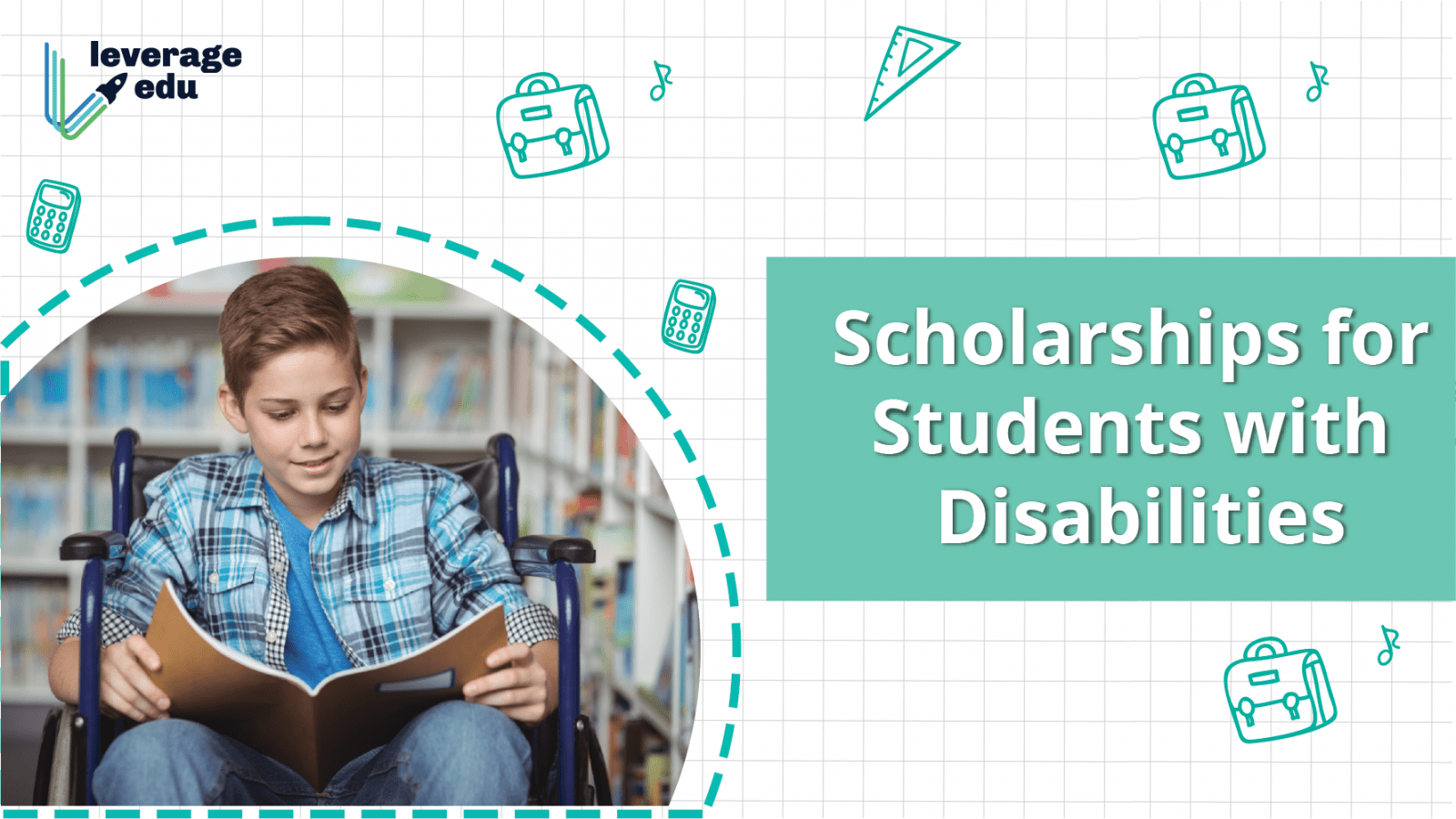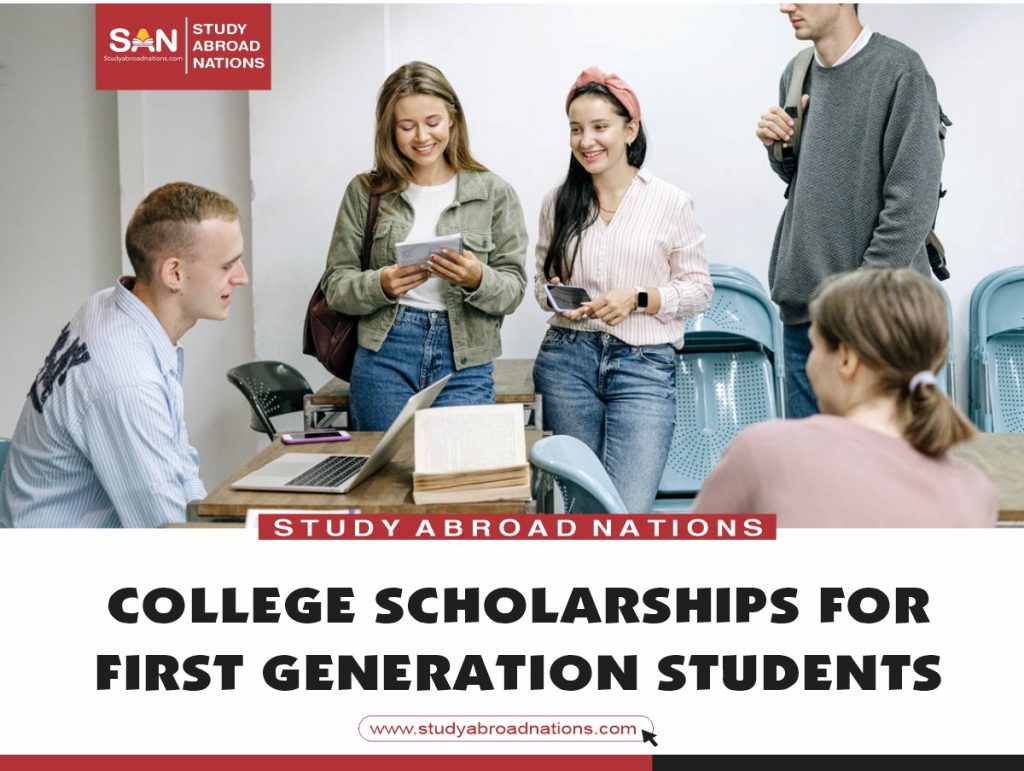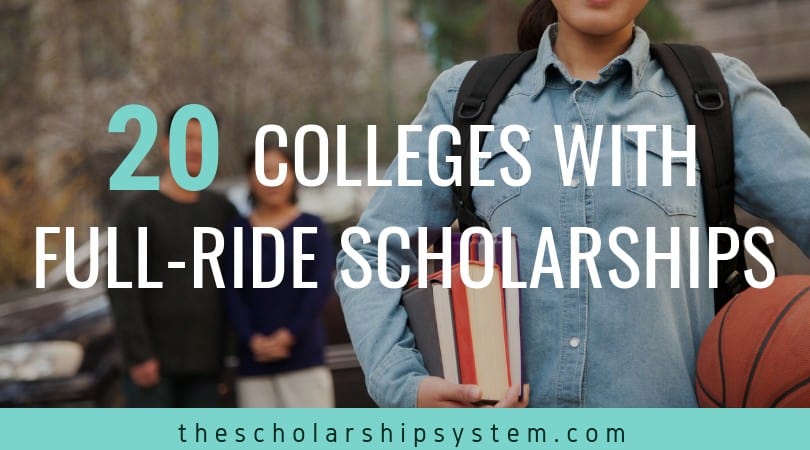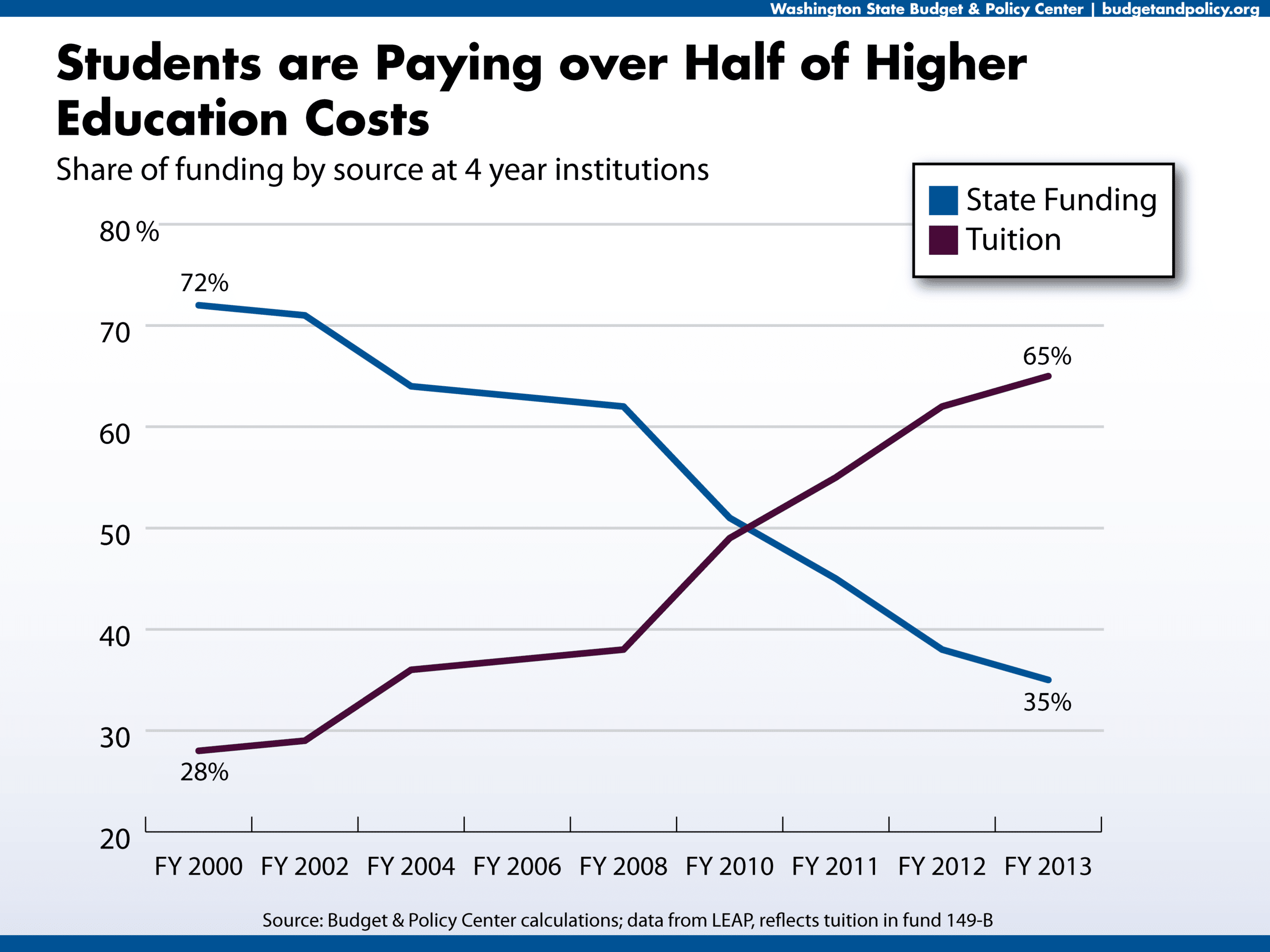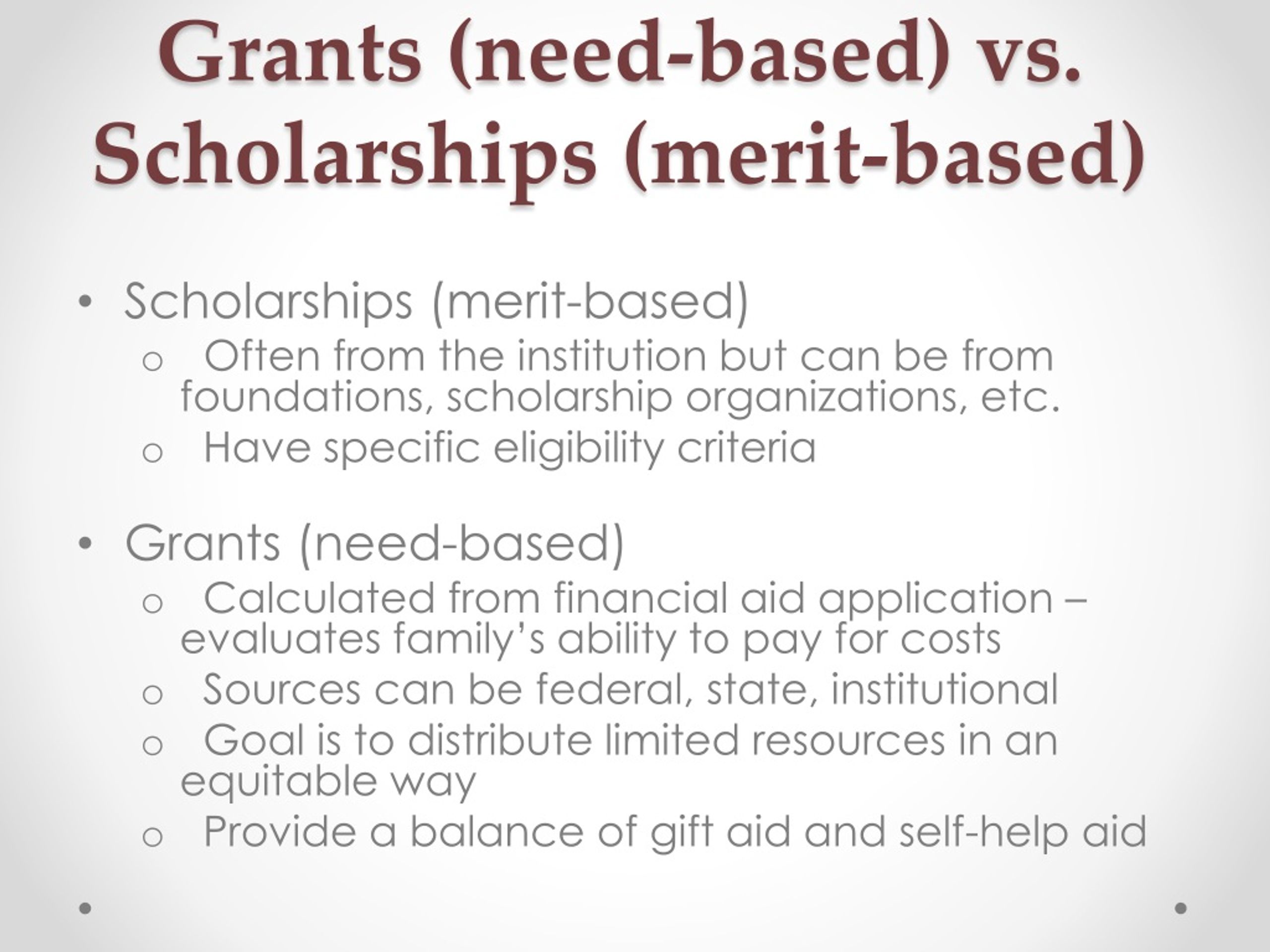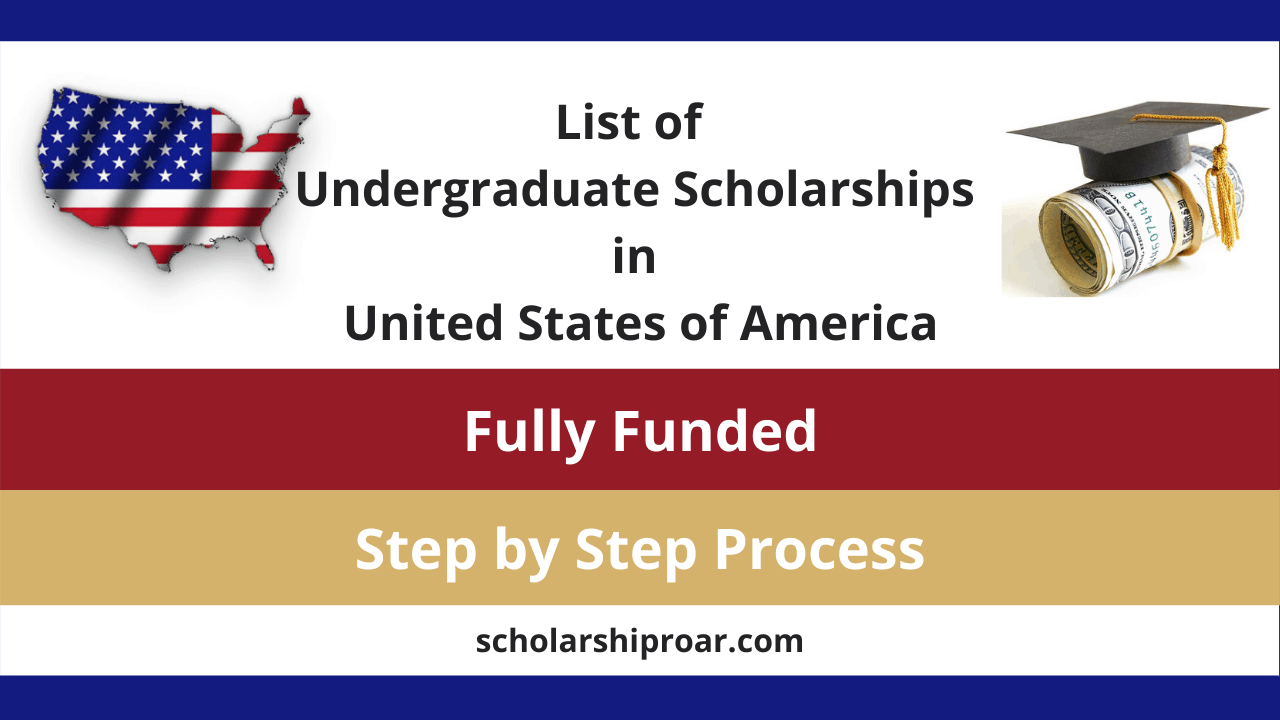Scholarships for STEM Majors: Funding STEM Education
Scholarships for STEM majors represent a vital pathway to accessing higher education in science, technology, engineering, and mathematics. These awards, ranging from merit-based recognition to need-based assistance, significantly impact students’ ability to pursue their passions and contribute to innovative fields. Securing funding can alleviate the financial burden of tuition, allowing students to focus on their studies and fully engage in research opportunities, ultimately shaping future leaders in STEM.
This exploration delves into the diverse landscape of STEM scholarships, examining various funding sources, application strategies, and the profound impact these awards have on students’ academic journeys and career trajectories. We will uncover the secrets to a successful application, offering insights into crafting compelling essays, acing interviews, and navigating the financial aid process.
Types of STEM Scholarships
Securing funding for a STEM education can significantly alleviate financial burdens and allow students to focus on their studies. A wide array of scholarships caters to different needs and academic strengths within the STEM fields. These opportunities are categorized primarily by funding criteria and specific areas of study.
Categorization of STEM Scholarships
STEM scholarships are broadly classified into three main categories: merit-based, need-based, and field-specific. Merit-based scholarships reward academic excellence and achievements, need-based scholarships consider financial circumstances, and field-specific scholarships target students pursuing particular STEM disciplines. Understanding these distinctions is crucial for effectively searching and applying for suitable opportunities.
| Scholarship Name | Type | Eligibility Criteria | Funding Amount (Range) |
|---|---|---|---|
| National Merit Scholarships | Merit-based | High PSAT/NMSQT scores, strong academic record, recommendation letters | $2,500 – $2,500 (varies by sponsor) |
| Gates Millennium Scholars Program | Need-based & Merit-based | Exceptional academic ability, leadership qualities, financial need, pursuing undergraduate or graduate studies in STEM or other designated fields | Full tuition, living expenses, and other educational expenses |
| Barry M. Goldwater Scholarship | Merit-based | Sophomores and juniors intending to pursue careers in mathematics, engineering, and natural sciences; high GPA, strong research experience | $7,500 |
| Udall Undergraduate Scholarship | Merit-based | Demonstrated commitment to environmental issues or tribal public policy; strong academic record | $7,000 |
| Engineering Scholarships (Various Institutions) | Field-specific & Merit/Need-based (varies) | Specific requirements vary widely by institution and program, generally including GPA, standardized test scores, and relevant experience. | Varies significantly, from partial tuition to full scholarships |
Application Processes for STEM Scholarships
The application procedures for STEM scholarships vary considerably, but common elements include submitting transcripts, standardized test scores, letters of recommendation, and essays. The level of detail and required documents will differ depending on the specific scholarship.
Let’s examine three examples: the National Merit Scholarship, the Gates Millennium Scholars Program, and a typical university-specific engineering scholarship.
The National Merit Scholarship application is largely driven by performance on the PSAT/NMSQT. High scores trigger the selection process, which involves submitting further information like transcripts and recommendations. The Gates Millennium Scholars Program, on the other hand, necessitates a much more comprehensive application, including detailed essays, financial information, and evidence of leadership and community involvement. University-specific engineering scholarships frequently require an application through the university’s admissions portal, often involving supplementary essays related to engineering interests and experience.
Typical Requirements for STEM Scholarships
Most STEM scholarships share some common requirements. A strong academic record, typically demonstrated by a high GPA, is almost universally expected. Many programs also require standardized test scores, such as SAT or ACT results. Letters of recommendation from teachers, professors, or mentors who can attest to the applicant’s abilities and character are frequently requested. Finally, a well-written essay that showcases the applicant’s passion for STEM, career aspirations, and personal qualities is a crucial component of most applications. The essay often serves as a way for applicants to differentiate themselves and demonstrate their suitability for the scholarship. The specific weight given to each requirement can vary depending on the scholarship provider.
Funding Sources for STEM Majors
Securing funding for a STEM education can significantly reduce the financial burden and allow students to focus on their studies. Numerous organizations offer scholarships specifically designed to support aspiring scientists, engineers, mathematicians, and technologists. Understanding the various funding sources available is crucial for maximizing scholarship opportunities.
Several organizations, both public and private, provide financial aid to STEM students. These include government agencies, private foundations, corporations invested in technological advancement, and professional societies dedicated to specific STEM fields. Each offers unique scholarship programs with varying eligibility criteria and award amounts.
Diverse Funding Sources for STEM Scholarships
A wide range of organizations contribute to the funding of STEM scholarships. Exploring these diverse sources increases the chances of securing financial aid.
- Government Agencies: The National Science Foundation (NSF) and the National Institutes of Health (NIH) offer numerous grants and fellowships for STEM research and education. These are often highly competitive but offer substantial funding.
- Private Foundations: Organizations like the Bill & Melinda Gates Foundation and the Howard Hughes Medical Institute provide significant funding for STEM education and research, often focusing on specific areas or demographics.
- Corporations: Many technology companies, such as Google, Microsoft, and Intel, offer scholarships to students pursuing STEM degrees. These scholarships often come with internship opportunities or guaranteed employment upon graduation.
- Professional Societies: Organizations like the Institute of Electrical and Electronics Engineers (IEEE) and the American Chemical Society (ACS) provide scholarships to their members or students pursuing degrees in their respective fields. These scholarships often focus on academic merit and demonstrated interest in the field.
Comparison of Funding Amounts and Eligibility Requirements
The funding amounts and eligibility requirements vary considerably across different funding sources. Understanding these differences is key to strategically applying for scholarships.
| Funding Source | Typical Funding Amount | Eligibility Requirements |
|---|---|---|
| National Science Foundation (NSF) Graduate Research Fellowship Program | $37,000 per year (plus tuition and fees) | US citizenship or permanent residency; exceptional academic record; strong research proposal |
| Google Anita Borg Memorial Scholarship | Varies, covers tuition and fees | Female-identifying students pursuing computer science or related fields; demonstrated leadership potential |
| American Chemical Society (ACS) Scholarships | Varies, typically covers a portion of tuition | ACS membership (or student membership); demonstrated academic excellence in chemistry; financial need may be a factor |
Scholarship Search and Application Process
A systematic approach is essential for successfully navigating the scholarship application process.
The following flowchart outlines the key steps involved in searching for and applying for STEM scholarships:
(Note: The flowchart would be visually represented here. It would begin with a box labeled “Start,” branching to “Identify Potential Funding Sources” (listing the sources discussed above), followed by “Research Eligibility Requirements,” then “Prepare Application Materials” (including transcripts, letters of recommendation, essays), then “Submit Applications,” then “Follow Up,” and finally “Award Notification”. Each step would be connected by arrows indicating the flow of the process.)
Scholarship Application Strategies
Securing a STEM scholarship requires more than just strong academic credentials; it demands a compelling application that showcases your passion, potential, and preparedness for the challenges ahead. A well-crafted application, particularly the essay, is your opportunity to differentiate yourself from other applicants and demonstrate your suitability for the award. This section outlines strategies for crafting a winning application, from essay writing to interview preparation.
Crafting a Compelling Scholarship Essay
A successful scholarship essay for STEM fields goes beyond simply listing accomplishments. It should vividly portray your genuine enthusiasm for your chosen field, highlighting specific experiences and demonstrating your understanding of its complexities. The following steps provide a framework for creating a powerful narrative.
- Identify Your Passion: Begin by pinpointing the specific aspect of your chosen STEM field that truly captivates you. Is it the potential to solve global challenges, the intricate beauty of a particular scientific principle, or the innovative possibilities of technological advancements? Clearly articulate this passion as the foundation of your essay.
- Structure Your Narrative: Develop a clear narrative structure. Start with a compelling hook that immediately grabs the reader’s attention. Then, weave in relevant experiences—research projects, extracurricular activities, personal anecdotes—that demonstrate your passion and skills. Conclude with a strong statement that summarizes your aspirations and reinforces your suitability for the scholarship.
- Showcase Your Skills: Don’t just describe your activities; analyze them. Highlight the skills you developed (problem-solving, critical thinking, teamwork, etc.) and how these skills align with the requirements of your chosen field and the scholarship’s goals.
- Proofread Meticulously: Errors in grammar and spelling can significantly detract from your application. Thoroughly proofread your essay multiple times, and ideally, have someone else review it for clarity and accuracy.
Examples of Strong Personal Statements
The following examples illustrate effective personal statements for STEM scholarship applications. Note how they highlight specific experiences, demonstrate passion, and showcase relevant skills.
My fascination with astrophysics began with a childhood spent gazing at the night sky. This curiosity led me to participate in a high school astronomy club, where I learned to operate a telescope and analyze celestial data. The experience solidified my desire to pursue a career in astrophysics, where I hope to contribute to our understanding of the universe’s origins and evolution. The challenges inherent in this field, particularly the need for rigorous problem-solving and collaborative research, are exactly what excite me.
My passion for biomedical engineering stems from a personal experience witnessing the transformative power of medical technology. My grandmother’s successful heart surgery, made possible by advanced medical devices, inspired me to pursue a career designing innovative solutions for improving human health. Through my involvement in a bioengineering research lab, I developed proficiency in 3D printing and tissue engineering, skills I am eager to further develop with the support of this scholarship.
Preparing for Scholarship Interviews
The interview is your chance to showcase your personality, enthusiasm, and qualifications in person. Preparation is key to a successful interview.
- Research the Scholarship and Organization: Understand the scholarship’s aims, the organization’s mission, and the criteria for selection. This demonstrates your genuine interest and preparedness.
- Practice Common Interview Questions: Anticipate questions about your academic background, research experience, career goals, and personal qualities. Practice articulating your answers clearly and concisely. Common questions include: “Tell me about yourself,” “Why are you interested in this scholarship?,” “What are your career goals?,” and “Describe a challenging situation you overcame.”
- Prepare Questions to Ask: Asking thoughtful questions demonstrates your engagement and initiative. Prepare a few questions about the scholarship, the organization, or the field of study.
- Dress Professionally and Arrive on Time: First impressions matter. Dress in professional attire, arrive at least 15 minutes early, and maintain good posture and eye contact throughout the interview.
Financial Aid and STEM Education
Scholarships play a pivotal role in democratizing access to STEM education, traditionally a field with significant financial barriers. By offsetting tuition costs, fees, and living expenses, scholarships enable talented individuals from diverse backgrounds, particularly underrepresented groups, to pursue STEM degrees and careers they might otherwise be unable to afford. This increased access is crucial for fostering innovation and addressing the persistent skills gap in STEM fields.
The impact of scholarships on STEM students’ academic performance and future career prospects is demonstrably positive. Reduced financial stress allows students to focus more effectively on their studies, leading to improved grades, increased participation in extracurricular activities (like research projects or professional organizations), and a greater likelihood of graduation. Furthermore, the networking opportunities often associated with scholarships, such as mentorship programs or industry connections, can significantly enhance career prospects upon graduation, leading to better job placements and higher earning potential.
Scholarships’ Influence on Access for Underrepresented Groups
Scholarships are particularly effective in increasing access to STEM education for underrepresented groups, including women, minorities, and individuals from low-income backgrounds. These groups often face systemic barriers to STEM education, including lack of access to quality K-12 education, limited exposure to STEM fields, and persistent biases within the academic and professional spheres. Targeted scholarships, designed specifically to support these groups, can help overcome these barriers by providing financial support and fostering a sense of belonging within the STEM community. For example, the National GEM Consortium provides fellowships for underrepresented minority graduate students pursuing STEM degrees, significantly increasing their representation in advanced STEM fields.
Impact of Scholarships on Academic Performance and Career Outcomes
Research consistently shows a positive correlation between financial aid and academic success in STEM. Students who receive scholarships often report lower levels of stress related to finances, allowing them to dedicate more time and energy to their studies. This translates to higher GPAs, increased participation in research opportunities, and a greater likelihood of pursuing advanced degrees. Moreover, many scholarships include mentoring and networking components that connect students with professionals in their chosen fields, leading to valuable internships, job offers, and career advancement opportunities. For instance, a study by the National Science Foundation found that students receiving financial aid were more likely to complete their STEM degrees and secure employment in STEM-related fields.
Alleviating Financial Burdens and Fostering Persistence in STEM
The high cost of STEM education, including tuition, fees, books, and living expenses, can be a significant deterrent for many aspiring STEM professionals. Scholarships directly alleviate these financial burdens, making STEM education more attainable and reducing the likelihood of students dropping out due to financial difficulties. By providing financial support, scholarships enable students to focus on their studies without the added pressure of financial stress, leading to increased persistence and higher graduation rates. The reduction in financial burden also allows students to pursue more enriching experiences, such as research projects or study abroad programs, that can significantly enhance their academic and professional development. This, in turn, contributes to a more diverse and skilled STEM workforce.
Illustrative Examples of Successful STEM Scholarship Recipients
STEM scholarships empower exceptional individuals to pursue their scientific passions and contribute meaningfully to their fields. The following examples showcase the remarkable achievements of scholarship recipients, highlighting their dedication, innovative approaches, and impactful contributions. Their stories serve as inspiration for aspiring STEM students.
Dr. Anya Sharma: Biomedical Engineering
Dr. Anya Sharma, a recipient of the prestigious National Science Foundation Graduate Research Fellowship, revolutionized targeted drug delivery systems during her doctoral studies at MIT. Her research focused on developing biocompatible nanoparticles capable of precisely targeting cancerous cells, minimizing damage to healthy tissues. Her innovative approach involved utilizing a novel peptide-based coating on the nanoparticles, allowing for specific recognition and binding to cancer cells. The results of her research, published in *Nature Biomedical Engineering*, demonstrated a significant improvement in therapeutic efficacy and a reduction in adverse side effects compared to existing methods. This breakthrough has the potential to significantly advance cancer treatment and improve patient outcomes. The NSF fellowship provided crucial funding for her research, enabling her to purchase specialized equipment and attend international conferences.
Elias Rodriguez: Computer Science
Elias Rodriguez, a recipient of the Google Anita Borg Memorial Scholarship, made significant contributions to the field of artificial intelligence during his undergraduate studies at Stanford University. His capstone project involved developing a novel algorithm for image recognition using deep learning techniques. This algorithm demonstrated superior accuracy and efficiency compared to existing state-of-the-art models, particularly in identifying subtle features in medical images. His innovative approach involved incorporating a novel layer into the convolutional neural network, improving its ability to handle noisy data and variations in image quality. This project earned him accolades at several national coding competitions and ultimately led to his current role as a leading AI researcher at a major tech company. The scholarship provided him with essential financial support and access to mentorship opportunities, crucial for his success.
Dr. Jian Li: Environmental Engineering
Dr. Jian Li, a recipient of the EPA STAR Fellowship, conducted groundbreaking research on sustainable water purification technologies during her postdoctoral work at Caltech. Her research focused on developing a low-cost, energy-efficient method for removing microplastics from wastewater using bioengineered algae. This innovative approach leveraged the algae’s natural ability to absorb and biodegrade microplastics, offering a sustainable and environmentally friendly alternative to traditional filtration methods. Her findings, published in *Environmental Science & Technology*, demonstrated a significant reduction in microplastic contamination in treated wastewater. This research has important implications for mitigating the environmental impact of plastic pollution and improving water quality globally. The EPA fellowship facilitated access to state-of-the-art laboratory facilities and provided invaluable networking opportunities within the environmental science community.
Conclusive Thoughts
In conclusion, pursuing scholarships for STEM majors is a strategic investment in one’s future. By understanding the various funding opportunities, mastering the application process, and leveraging the support available, aspiring scientists, engineers, and technologists can overcome financial barriers and realize their full potential. The journey may be challenging, but the rewards – both personal and professional – are immeasurable, contributing to a brighter future fueled by innovation and progress.

